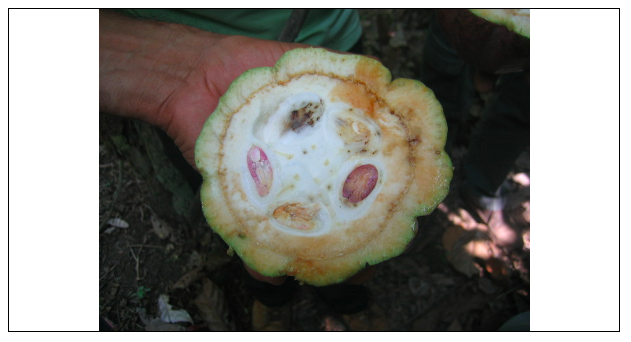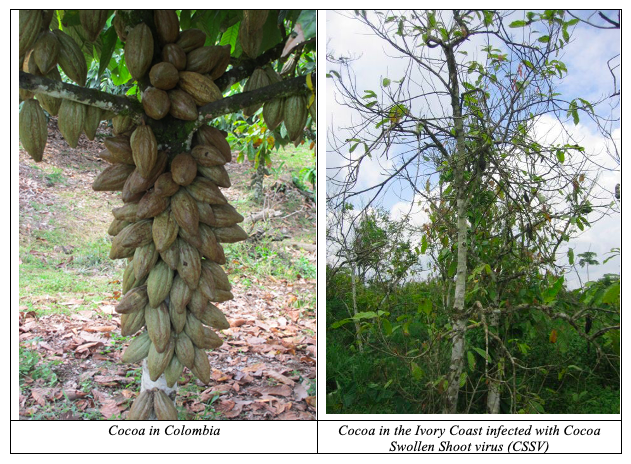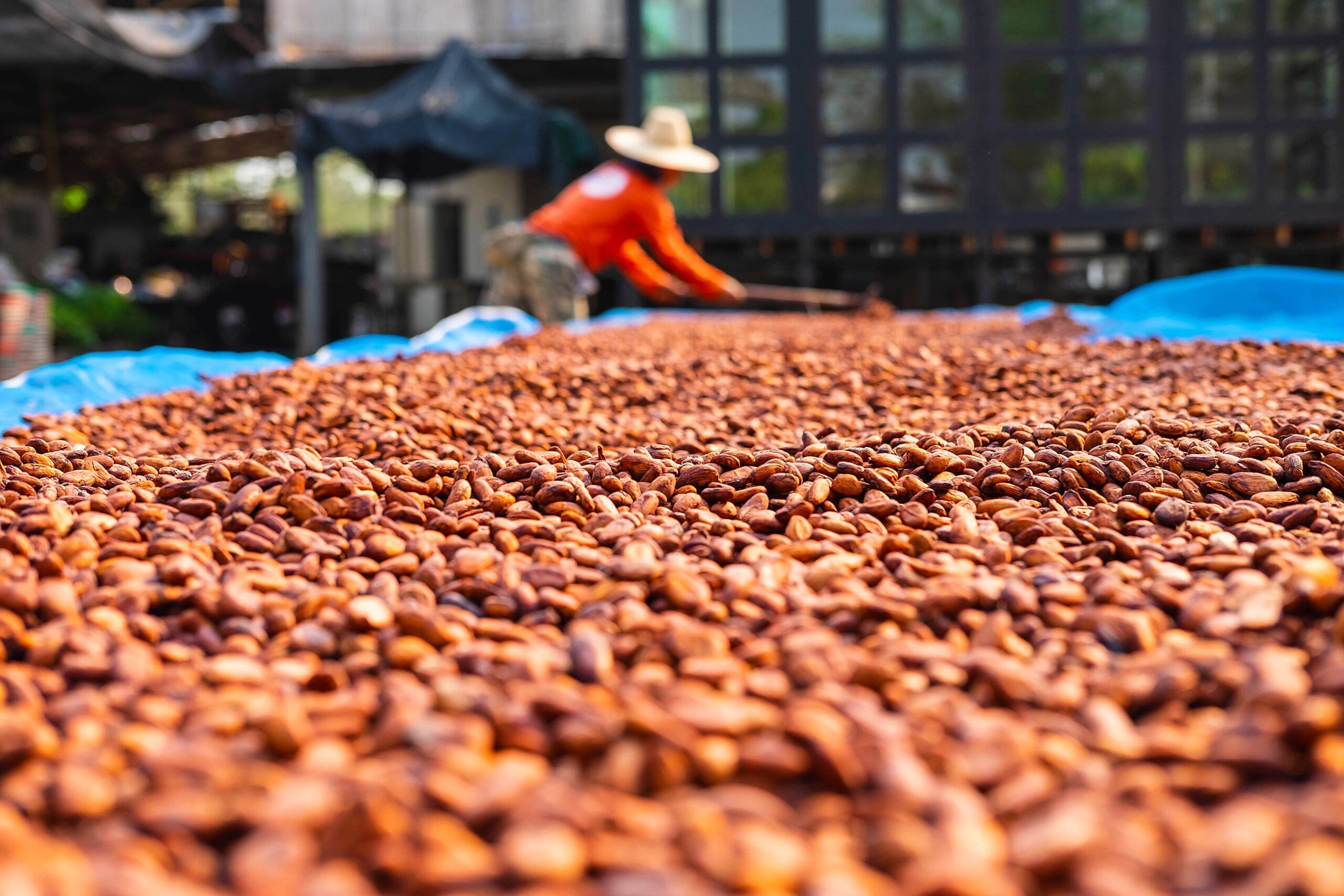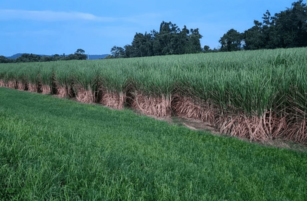Main Focus
- Cocoa more genetically diverse than originally thought
- African cocoa has little genetic stock to develop disease resistance
- Full yield potential of cocoa has yet to be tapped
I spent nearly 10 years buying and selling cocoa beans and now I grow cocoa in Belize. After 13 years trading sugar, cocoa seemed small, but complex. Each origin had a distinct quality profile and flavour, and we would blend origins so our chocolate, or cocoa powder or energy bar tasted the same, regardless of supply problems or price spikes or seasonal variations between main crop and mid-crop.
Understanding Cocoa’s Genetics
Conventional wisdom was that there were three different varieties of cocoa beans:
- Forastero, which came mostly from Africa;
- Criollo, a low yielding but fine flavour bean;
- Trinitario, which was supposed to be a cross between forastero and criollo, and grown mainly in the Caribbean and Latin America.
Everything was nice and simple, I would buy my Africans (forastero), Indos (forastero) and Dominicans (trinitario), blend them and never hear a word from the quality department. Well that all got a lot more complicated when a landmark paper was published in 2008 which found that there were 10 genetic clusters not three*.
Most of the clusters were found in the tributaries of the Amazon in the Eastern Andes where cocoa is thought to have originated, but distinct groups were also found on the Pacific side of the Andes in Ecuador, and more through Central America. The theory was that these groups (including the original criollo) may have been carried there through human migration. The study also found that many of the cocoa plants in gene banks throughout the world were misclassified, and since then the industry has done a lot of work with the USDA to identify this valuable genetic material correctly.
The Difficulty in Encouraging Genetic Diversity
Cocoa has been grown in West Africa for more than a century, but very little genetic material has been introduced since the middle of the 20th Century, so both the genetics and flavour of African beans tend to be a little more uniform than beans sourced in the Americas. But it’s a problem, because if serious diseases affect crops in that region, they have little genetic stock to draw upon to develop resistant varieties.
It can take years to transfer genetic material between regions as it has to go through quarantine at the University of Reading in the UK before importation.
Then it can take a long time to develop the right varieties in-country and convince farmers to plant them, although that has become much faster with the genetic sequencing done by the Mars/IBM/USDA team in 2010 and the Penn State/CIRAD team also in 2010.
Bioversity International is working with the scientific community to improve access and transfer of cocoa genetic materials as well as to improve identification of national gene banks. While this is work that is going to take years and a lot of money, it will be the basis for the next generations of cocoa.
Compared with larger crops such as wheat and soy, plant breeding in cocoa is cobbled together with rubber bands, safety pins and duct tape. That’s mostly because it’s grown by poor people in developing countries.; and because its complicated. It takes years to get a cocoa tree to maturity.
The genetic diversity of cocoa is massive (my estimate) compared with these large bulk commodities that have been closely bred for decades and show high diversity loss. Even in the same pod of cocoa the beans can be germinated by pollen from different varieties, leading to a mix of white and purple beans when you open up the pod in the field.
How Genetics Might Enable Better Yields
At our farm we grow around seven varieties of grafted cocoa. We use well recognized scientific studies to figure out our field layouts to maximize pollination and therefore production.
This is because not all cocoa varieties can pollinate their own flowers, so they need a friendly neighbour to get the job done. Some varieties are sexually incompatible meaning they can’t pollinate themselves. Cocoa needs to be grafted so you know exactly what variety can pollinate either itself or the tree in the row next to it.


But if you are a cocoa farmer in West Africa with a primary school education and no access to disease resistant planting material, you probably just plant a seed from one of your own pods from your best tree. You may know the mother tree, but you don’t know the male parent. That means you don’t know the yield potential and like most farmers you are probably reluctant to prune it. You plant it next to your 30-year-old trees that have little to no nutrition and easily succumb to diseases.
We are nowhere near the yield potential that cocoa can offer. Most yield is described in tonnes per hectare, but I prefer to use pods per tree. That’s because it’s easier for a farmer to picture 30 pods per tree rather than 1 tonne/ha, and also because it depends on planting density which can be 100 plants/ha in uncleared forest to over 800 plants/ha in high tech operations with irrigation. Take a look at the two pictures below to see what I mean.
The Colombian cocoa on the left is grown at altitude, is hand pollinated, fertilized, shaded, irrigated, and grown by a group that has been breeding cocoa for over 50 years. I took the photo on the right in 2012 along the side of the road to San Pedro, the Ivory Coast’s key port for exporting cocoa. The tree has a virus that is spreading throughout the West African cocoa crops.

This is why I find cocoa so fascinating. We have barely scratched the surface of what it can do in terms of productivity and farmer incomes — plus it tastes great!
When I was trading cocoa, this stuff was not at the front of my mind, it was price, price, price, don’t run the factory out of product then a bit of quality. Now we are setting up our own gene banks to protect this precious material. Yet again the poacher turned gamekeeper.
*Motamayor JC, Lachenaud P, da Silva e Mota JW, Loor R, Kuhn DN, et al. (2008) Geographic and Genetic Population Differentiation of the Amazonian Chocolate Tree (Theobroma cacao L). PLoS ONE 3(10): e3311. doi:10.1371/journal.pone.0003311













